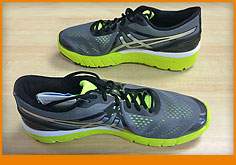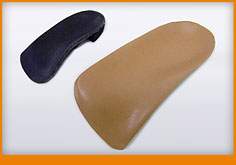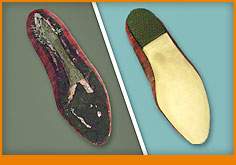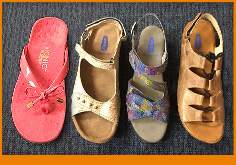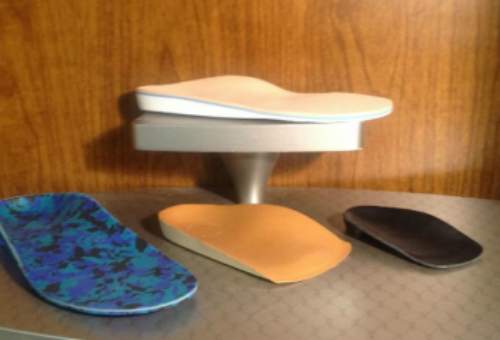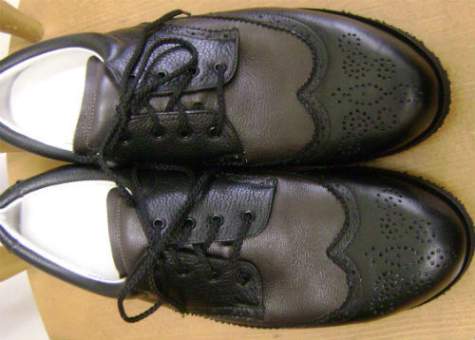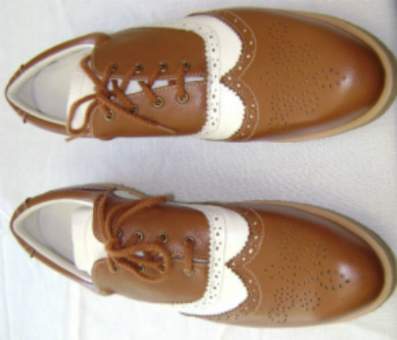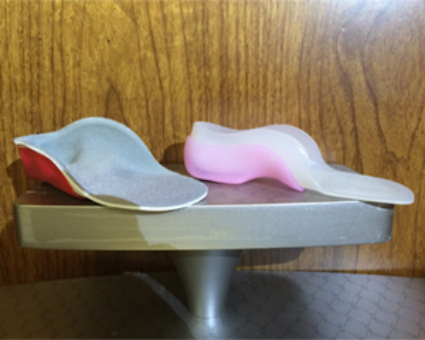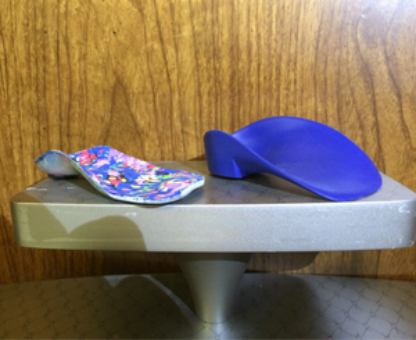Services
If you experience pain or discomfort in a specific area of the body, from neck to foot, custom designed orthotic aids may help bring more permanent, long-term relief. Even if your feet don’t ache, they may be contributing to your overall posture disparity. Powell Shoes works closely with the Indian River medical community to provide a wide variety of services such as:
Shoes Modifications
- Custom Orthotics
- Custom shoes
- Comfort Shoes and Sandals
- Elevations
- Flares
- Rocker Soles
- Metatarsal Bars
- Wedges
- Shoe Refinishing and Dye
- Shoe Repair
- Elevation
All work is done on premises.
Pediatric Pedorthics
Do you know your child’s foot structure? If your child is suffering from any foot conditions or injury, come see us for Pediatric Pedorthic intervention. Start early for better results as they get older.
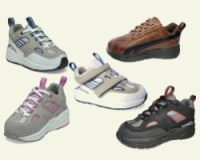
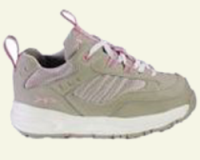
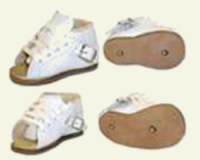
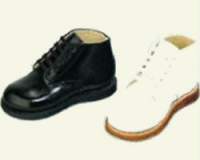
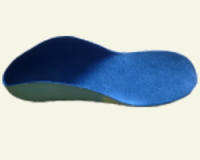
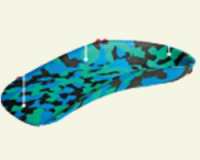
Diagnosis Chart
The chart below shows which orthotic devices are commonly recommended for various foot conditions. Consult your physician before buying or using an orthotic device on your own; if you select the wrong type of device, you could change the mechanics of your gait and cause problems instead of curing them.
| Diagnosis | |
| Bunions and/or bunionettes | Shoes with a wide toe box; soft, seamless uppers, stretchy shoes; “bunion shield” type pad |
| Corns and calluses | If located on or between the toes, a toe separator may be helpful. |
| Cavus foot (rigid high arch) | Soft orthotic cushions to distribute pressures evenly |
| Flatfoot (adult) | No device needed if there are no symptoms or pain. If there is pain or aching, a semirigid insert or long arch pad, inner heel wedge or extended heel counter may help. |
| Flatfoot (child) | No special orthotic device or shoe treatment is indicated. Most infants have flatfeet, and 97 percent will grow out of it. |
| Stiff big toe (hallux rigidus) | Full-length prefabricated stiff insert, Morton extension inlay, or rocker bottom sole |
| Hammer toe or claw toe | Shoes with a wide or deep toe box to accommodate the deformity; toe crest |
| Forefoot pain (metatarsalgia) | Wide shoes, pads or bars under the bones of the forefoot (metatarsals) |
| Limb length deformity | Custom-made full-contact orthosis |
| Morton neuroma | Shoes with a wide toe box, metatarsal pad positioned over the neuroma |
| Neuropathic ulceration (such as with diabetes) | Full-contact cushioned orthosis, extra-deep or custom shoes, rocker bottom sole to reduce pressure on foot |
| Plantar fasciitis (heel pain or heel spur) | Prefabricated heel insert made of silicone, rubber or felt |
| Runner’s painful knee | Full-length, soft, prefabricated sport orthotic inlay to reduce stress and turning inward of the foot (pronation; flatfoot) |
